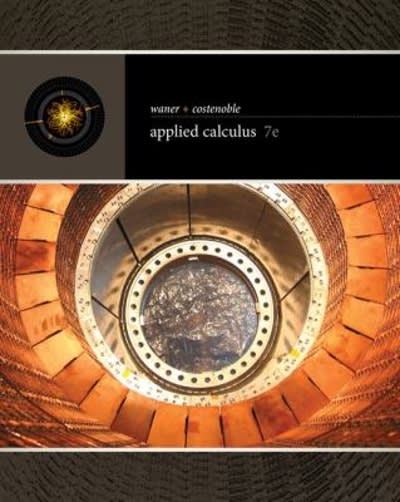Answered step by step
Verified Expert Solution
Question
1 Approved Answer
Distinguish between experimental, theoretical and subjective probabilities using one of your own unique examples for each type of probability. Do not use the same examples
Distinguish between experimental, theoretical and subjective probabilities using one of your own unique examples for each type of probability. Do not use the same examples as your class notes or your textbook. [K/U - 3, C - 1] 2) The experimental probability of randomly choosing a red ball from a bag filled with red and green balls is 25%. If there are 9 green balls in the bag, how many red balls are there? [K/U - 2, C - 1] 3) Let set A = {Tom, Jerry, Chip, Dale, Rabbit} and set B = {Tom, Duck, Chip}. [K/U - 3, C - 1] a) List the elements of A B. b) List the elements in the union of sets A or B. c) Determine the total number of subsets of the universal set S from sets A and B. 4) A bag contains 6 red balls, 15 blue balls and 9 green balls. One ball is pulled from the bag at random and its colour is observed. [K/U - 4, C - 2] a) Determine the probability that the ball is blue. b) Determine the probability that the ball is neither green nor blue. c) What are the odds in favour of choosing a red ball? d) What are the odds against of choosing a green ball? 5) Two standard dice are rolled and their sum is observed. [A - 8, C - 2] a) Determine the probability that the sum is strictly more than 9. b) Determine the probability that the sum is less than or equal to 7. c) What are the odds against of rolling doubles? d) What are the odds in favour of rolling a perfect square? 6) A fair two sided coin is tossed 4 times. a) Draw a tree diagram to illustrate all possible outcomes. [K/U - 2, C - 2] b) Describe the sample space using set notation. [K/U - 2, C - 1] c) Determine the theoretical probability or odds of each event below. [T/I - 8, C - 2] i) Determine the probability of tossing all tails or all heads. ii) Determine the probability of tossing at least one head. iii) What are the odds in favour of tossing exactly two heads? iv) What are the odds against tossing at least one tail? 7) The Venn diagram below shows the results of a survey which asked participants to discuss their favourite subjects. Use the Venn diagram to answer the questions. [T/I - 8, C - 2] a) Determine the probability of liking neither math nor science. b) Determine the probability of liking science. c) Determine the odds in favour of liking math and science. d) Determine the odds against not liking math only. 8) Of 100 students surveyed, 50 students liked soda, 35 students liked juice, and 80 students liked soda or juice. Determine the probability that a student liked soda and juice. Define all sets clearly and draw a Venn diagram to support your calculations. [A - 8, C - 2]
Step by Step Solution
There are 3 Steps involved in it
Step: 1

Get Instant Access to Expert-Tailored Solutions
See step-by-step solutions with expert insights and AI powered tools for academic success
Step: 2

Step: 3

Ace Your Homework with AI
Get the answers you need in no time with our AI-driven, step-by-step assistance
Get Started


